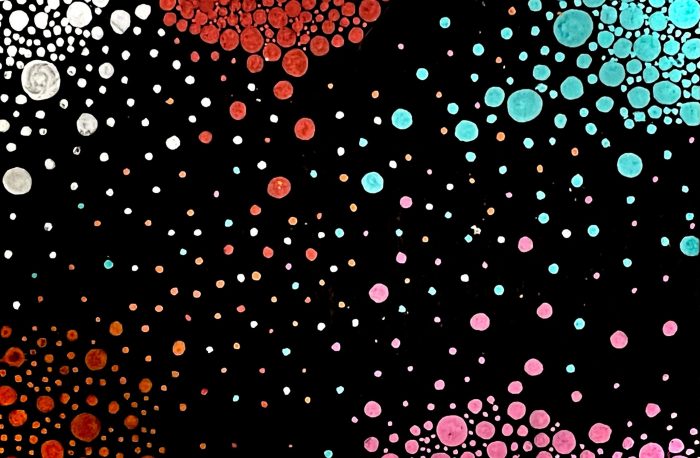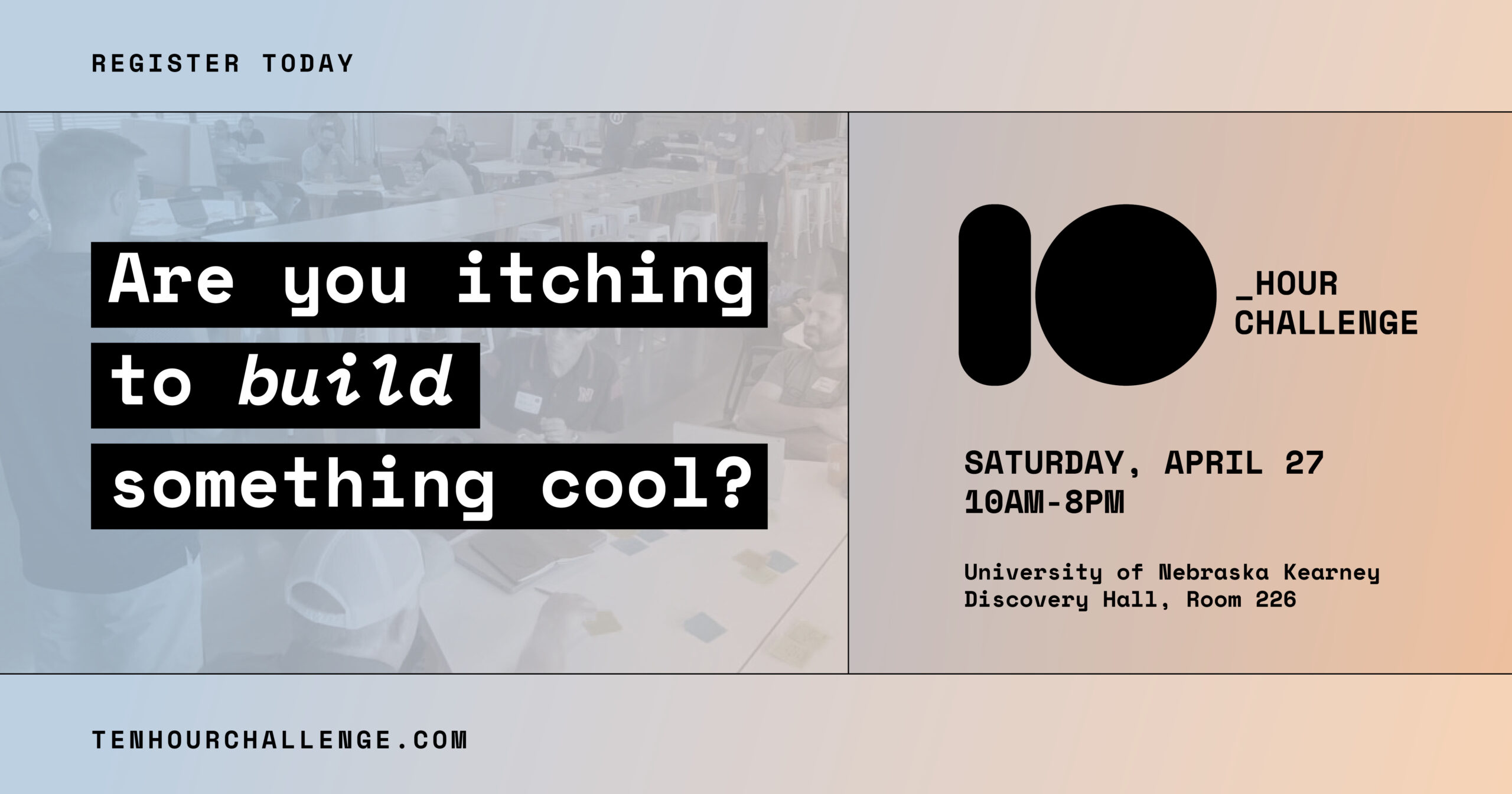When I was studying graphic design, one of the mantras of my program was “Think outside the box.” It’s a well-known metaphor meant to spur a shift in perspective, a drive to find a new solution to an existing problem. This logo doesn’t pop? Think outside the box. This website doesn’t wow? Think outside the box. This packaging design is a basic box? Think outside the box.
It always bothered me that a creative field fell back on such a tired old cliché when attempting to promote innovation. What is this box everyone keeps talking about? Why are we inside it in the first place? Are we trapped? Should we call for help?
There’s a reason why clichés exist. They are common, easy-to-understand methods of communicating an idea. In understanding each other as human beings, they are useful tools. They bridge gaps that may otherwise be difficult to cross. But in a world driven by innovation and new ideas, they can often trap us in old ways of thinking. They can trap us inside the box.
Now, the box may not be a bad place to be. Many design studios follow very fundamental methods in their processes when they design brand identities because those methods work. Every graphic design student learns the fundamentals of design in their first year because fundamentals are important. But focusing on fundamentals will only get you so far. And only focusing on fundamentals because you were taught they were important skews your viewpoint back to that tired old box.
Swap the box for the Agile Manifesto, and soon you’re trapped in a 20-year-old cliché.
There are surprising similarities between the Agile Manifesto and design studies. They both focus on basics, they both contain specific elements (termed values in the Manifesto), and they both expand on those elements to identify important principles of thought. But the elements and principles of design boast centuries of refined practice and definition—an advantage to which the Manifesto falls comically short—so our first step towards modernizing the Manifesto involves updating our terminology.
In designing a brand identity, the designer needs to understand their client: who they are, what they stand for, and how they want to be seen. This is very often why organizations publish a list of values to better promote their brand to the public, so the public understands the organization’s purpose and goals and can identify with the organization on a personal level. In that vein, since we’re pursuing an Agile rebranding effort, let’s start with the values identified in the Manifesto:
INDIVIDUALS AND INTERACTIONS over PROCESSES AND TOOLS
WORKING SOFTWARE over COMPREHENSIVE DOCUMENTATION
CUSTOMER COLLABORATION over CONTRACT NEGOTIATION
RESPONDING TO CHANGE over FOLLOWING A PLAN
In the 2000s, agile practices were strictly software-oriented, thus the direct reference to software, development team interaction, and the like. However, as agile methodology began to grow more mainstream, project managers began adopting Agile to a larger variety of projects, building a more robust and integrated method of delivery beyond software, and even beyond tech.
Agile has proven to be instrumental in projects that involve a high degree of ambiguity and risk. In fact, any project that is conceptual in nature can benefit from an Agile approach, whether it’s creative, informative, technical, or just full of uncertainty.
Not only that, but Agile can also be used for individual projects, which deviates from the concept of requiring a client or customer. With such a swing into new territory, Agile’s brand identity needs to be updated to keep it fresh and inviting for its new consumer base.
So, I propose we make the following changes:
CREATIVITY AND INGENUITY over TOOLS AND TECHNIQUES
MEASURABLE PROGRESS over DETAILED GOALS AND EXPECTATIONS
COLLABORATION AND COOPERATION over NEGOTIATION AND COMPROMISE
OPEN RESPONSE TO CHANGE over A PLAN TO FOLLOW
Not only are we updating the values, but we’ll also changing how we view them. In the original Manifesto, the items on the right are important, but the items on the left are important-er. The concept is sound but there’s little room for adaptation or continuous improvement—and if Agile’s values don’t embody its very nature, that’s a failure with the brand.
So, instead of static lists, let’s take it one step further. The items on the right are the fundamentals. The items on the left are methods to adapt. If you start with the fundamentals (the box), you can use the methods to adapt (box cutters, glue, fire, another fancier box) to alter, reinforce, deconstruct, or replace the items on the right to better serve your needs. No more tired cliché!
In my next article, I’ll make the case for updated value #1: CREATIVITY AND INGENUITY over TOOLS AND TECHNIQUES. True Agile! Buy it today!
—
Emily Truax wanted to be a dragon when she grew up. Still does, but hoarding doesn’t pay the bills.
In her adulting life, she is a technical project manager with a decade of experience in Agile methodology. She holds her PMP and PMI-ACP from PMI, and her CSP-SM and CAL-E/T/O from Scrum Alliance. In her creative life, she is a freelance artist, designer, writer and sometimes-musician.
Emily lives in Omaha with her partner, Mike, and many houseplants.




